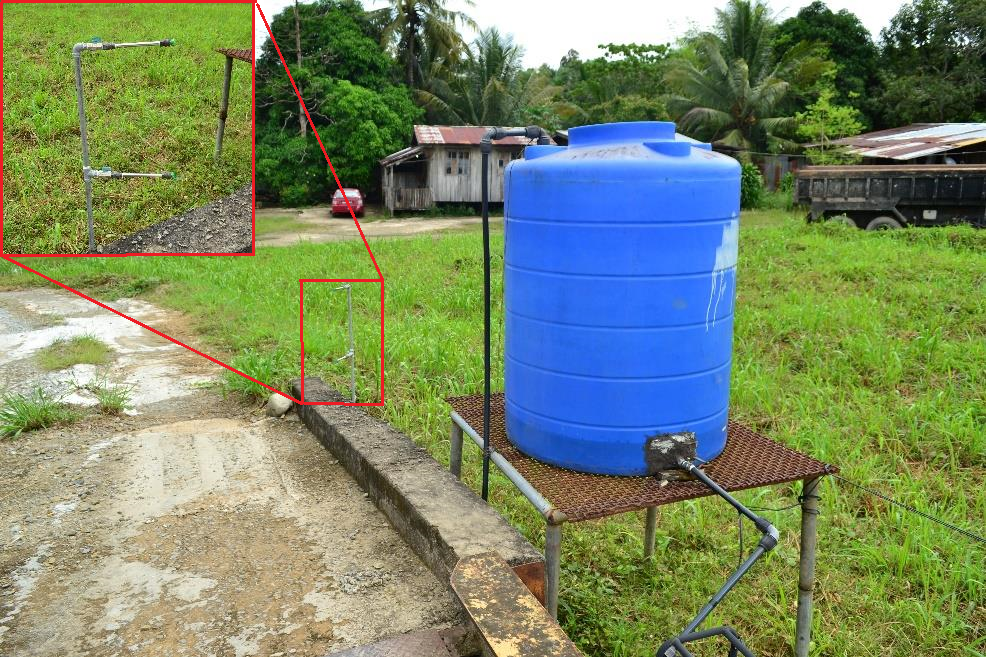- /
- Operational & Production
- /
- Pontoon
- /
- Operational & Production: Pontoon – 11. Control of Traffic and Transportation
Traffic disruption and congestion are expected due to the presence of heavy and slow-moving transportation vehicles at access roads or transportation routes for land transportation. Other road users and nearby land users are exposed to traffic hazards and risks of accidents, as well as traffic dust and noise. Meanwhile, utilisation of vessels such as barges, dredgers and tugboats for mining and river transportation subsequently disrupts existing river traffic in terms of increases in traffic volume and flow particularly in areas where the river is also used for local navigation and fishing activities. Engine noise caused by the movement of vessels along the river also potentially impact surrounding land use, particularly those residing near the navigation route.
Conduct traffic and transportation activities safely and efficiently.
11.1.1 Construct a washing facility at the site Types of washing facilities are as follows:

Plate 21: Example of washing facility (sprinkler system)
11.1.2 Thoroughly clean tyres and underbodies of transportation vehicles at the provided washing facility before leaving the Project site to avoid the formation of bulky deposited dirt and earth on public road surfaces.
11.1.3 Ensure the washing facility is regularly maintained to ensure its efficiency.
11.1.4 Refer to requirements from the LA for transportation routes and/or PWD for access involving road reserves (application of wayleave).
11.1.5 Obtain consent from landowner if access is required through their land.
11.1.6 Strictly observe speed limits and other traffic law.
11.1.7 Erect suitable speed limit and safety signs near the junction of the site and at the site Refer to the Arahan Teknik (Jalan) 2A/85 for preparation of traffic signboards.
11.1.8 Provide canvas as cover for all transportation vehicles.
11.1.9 Schedule off-site transportation activities appropriately to avoid peak traffic hours (8.00 – 8.30 am and 4.30 – 5.00 pm).
11.1.10 Apply OP if access road to the procesing site is passing through a forest reserve.
11.2.1 Obtain a license from JPDS for the use of barges in project activities. Consider the width of the river when using a The size of the barge should not exceed one-third of the river width to protect the riverbanks and avoid collisions with other vessels.
11.2.2 The skipper of the barge must always comply with regulations under The Merchant Shipping Ordinance, 1960.
11.2.3 Position the barge within the mining area during operations to avoid interference with navigations.
11.2.4 Manoeuvre barges and tugboats with extra precaution and at controlled speeds when passing by other villages or fishing boats, fish capture nets, jetties, and river bends.
11.2.5 Adhere to the speed limit specified in the AEC/EIA.
11.2.6 No overloading of the barge to prevent spillage during trips and avoid exceeding the ship’s assigned load line marks.
11.2.7 Strictly adhere to the MTRA as approved by JPDS in relation to vessels/barges/boats passage. Track and record vessel routes through the Automatic Identification System (AIS) and submit the data to the EPD.
11.2.8 Park barges, tugboats, or pontoons at the area approved by JPDS.
11.2.9 Stabilise parked barges, tugboats, or pontoons with anchors or secure them with a thick cable or rope by tying them to a fixed sturdy Avoid direct contact of vessel with the riverbank and riverbed.
11.2.10 Equipped barges, tugboats, or pontoons with lights to give an indication to other vessels.